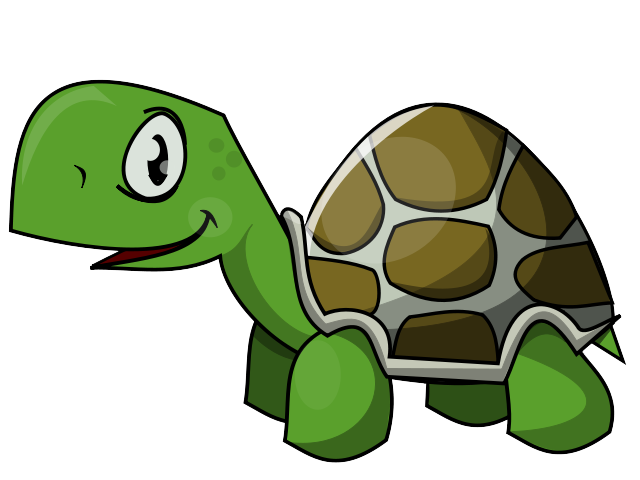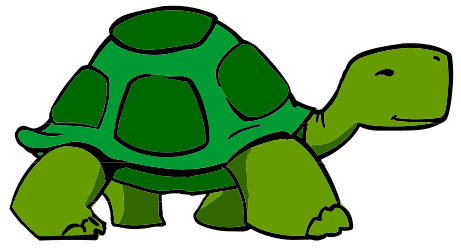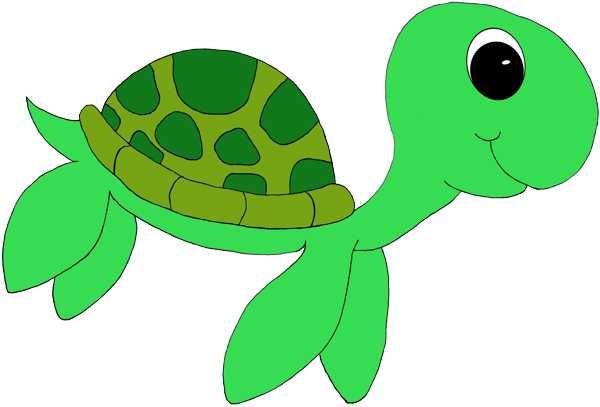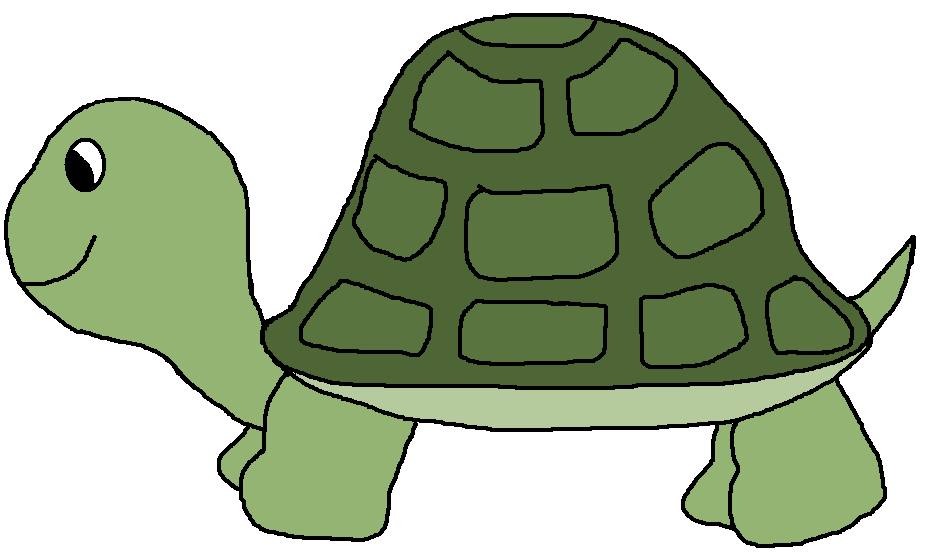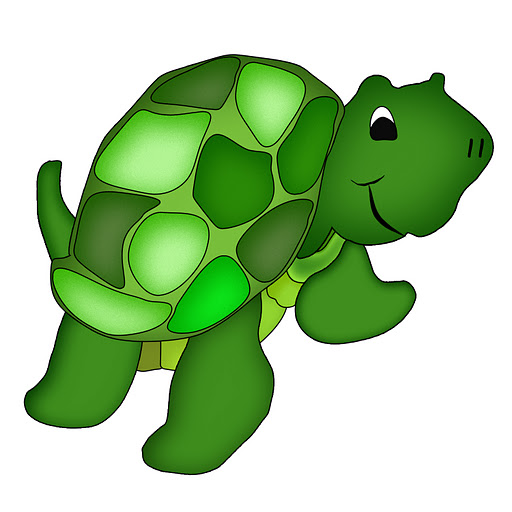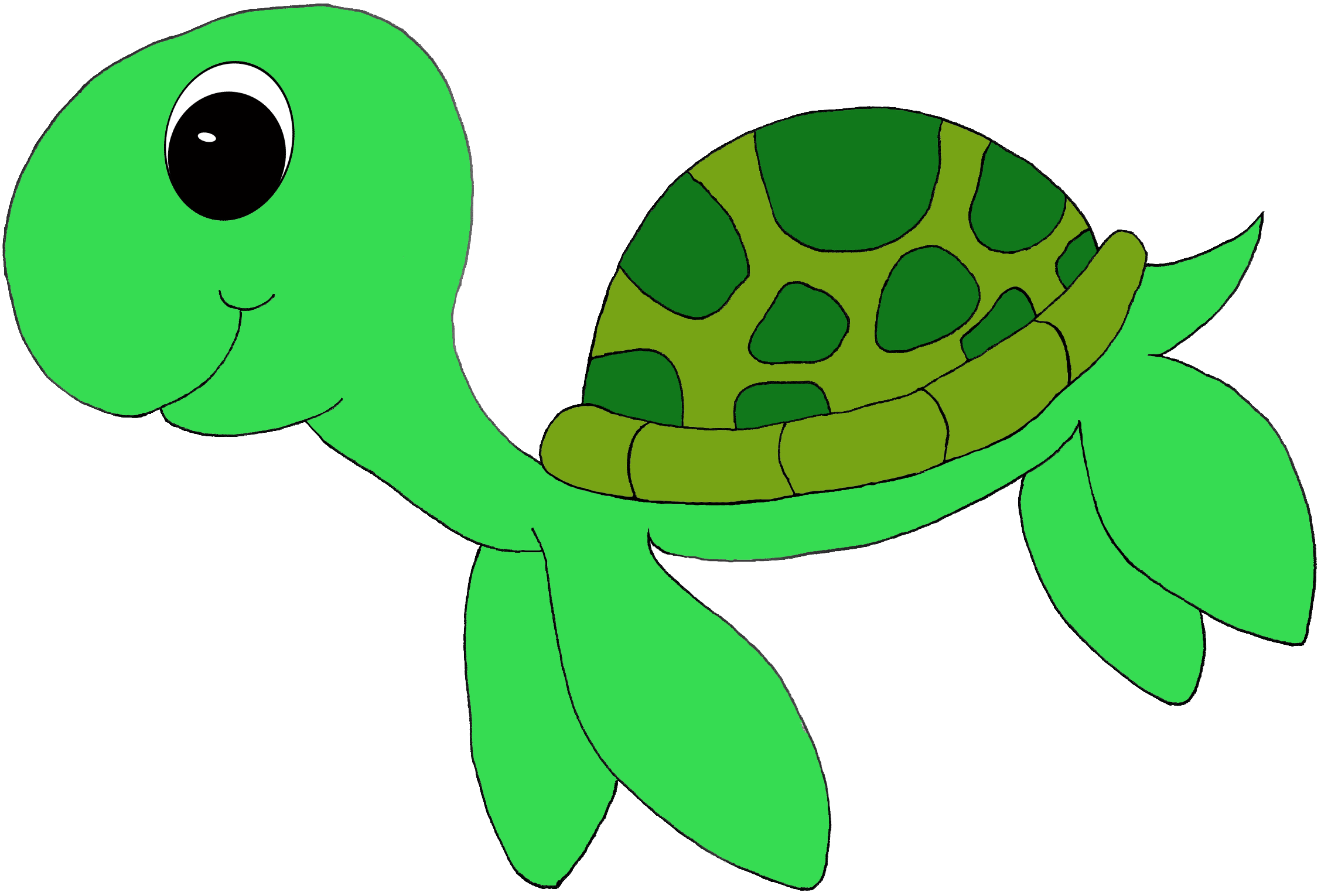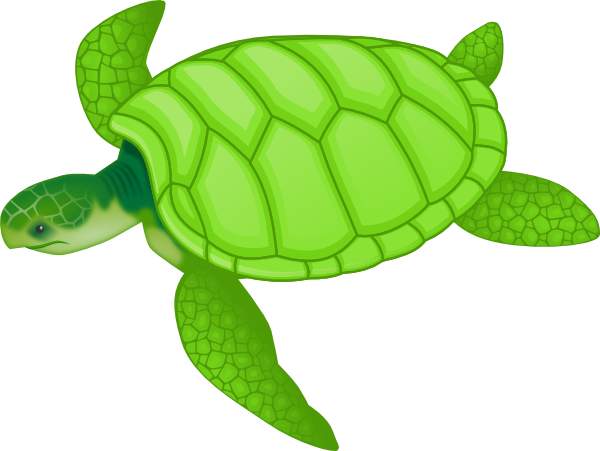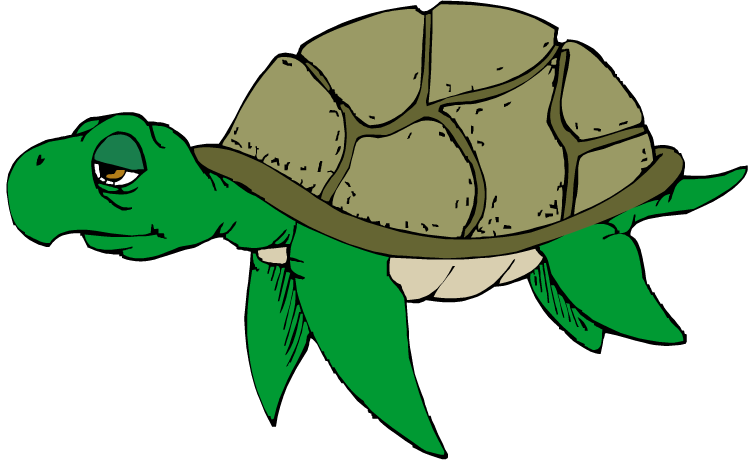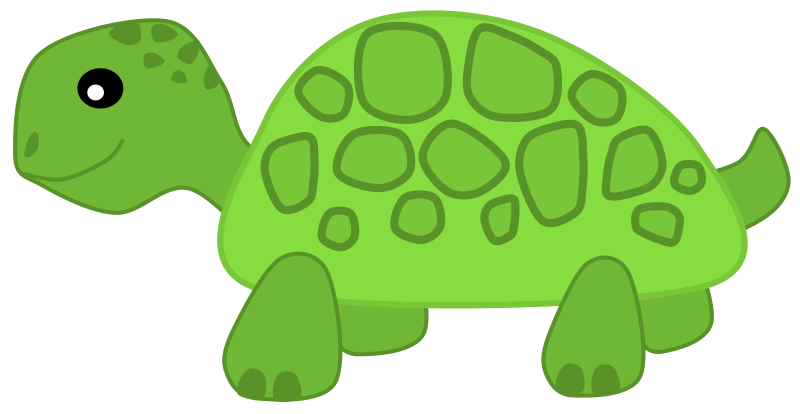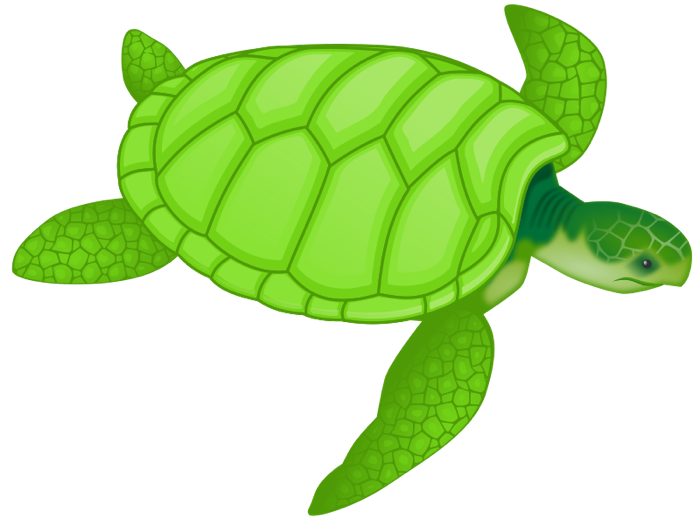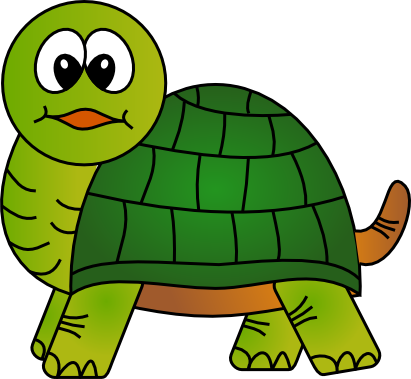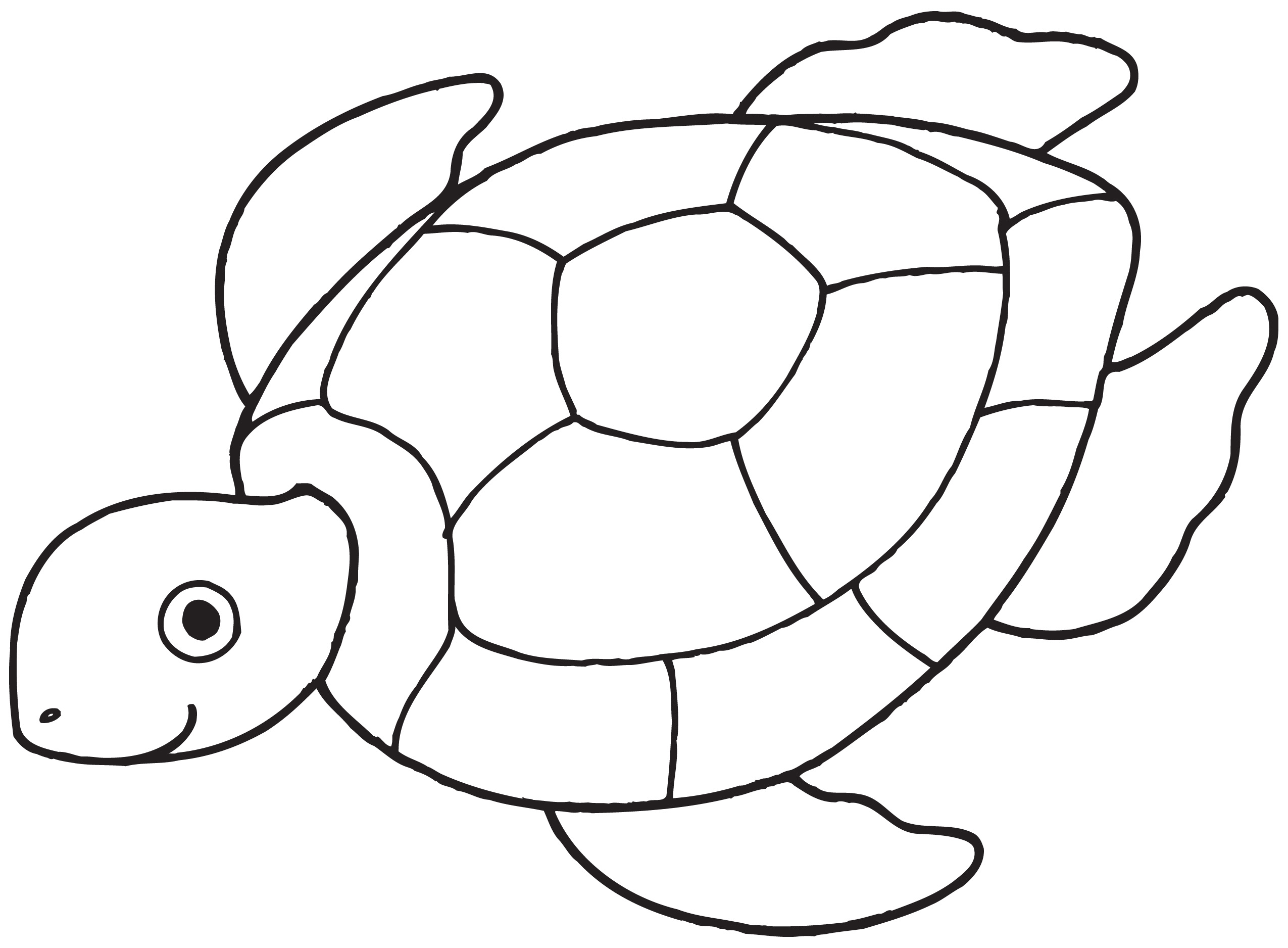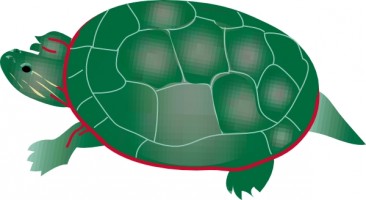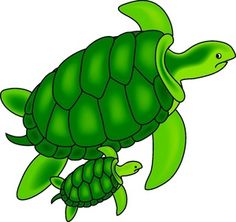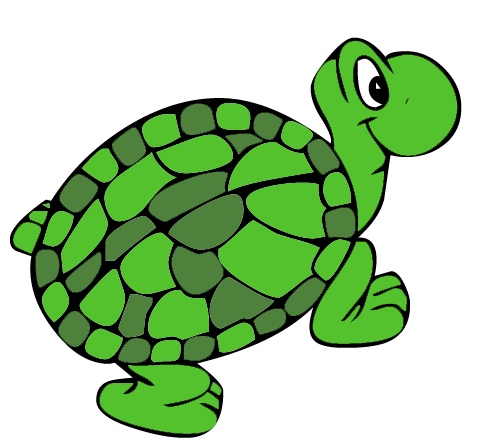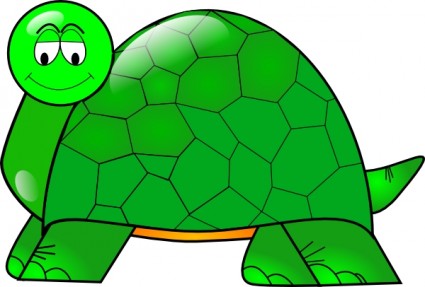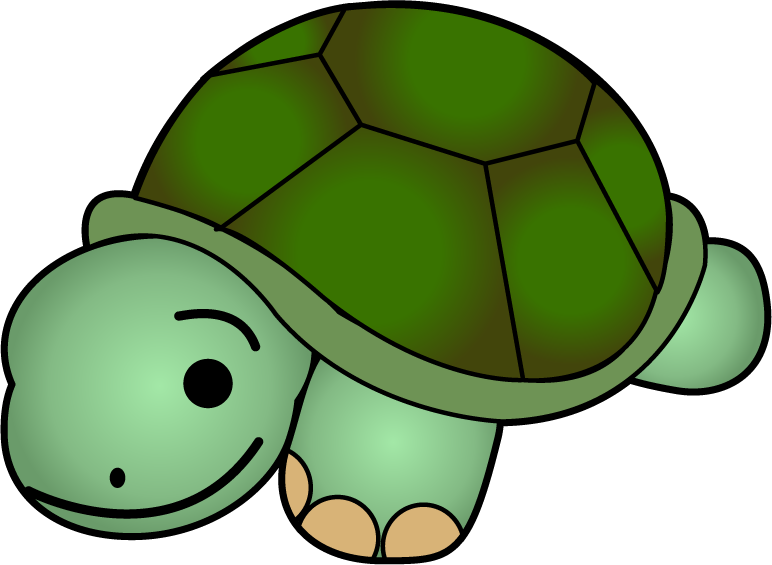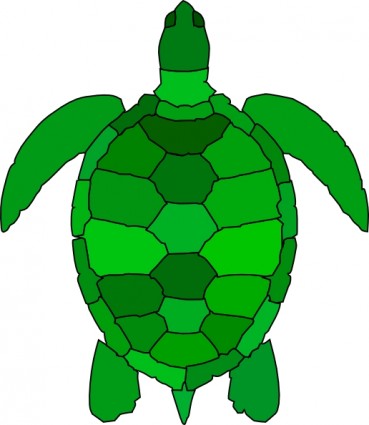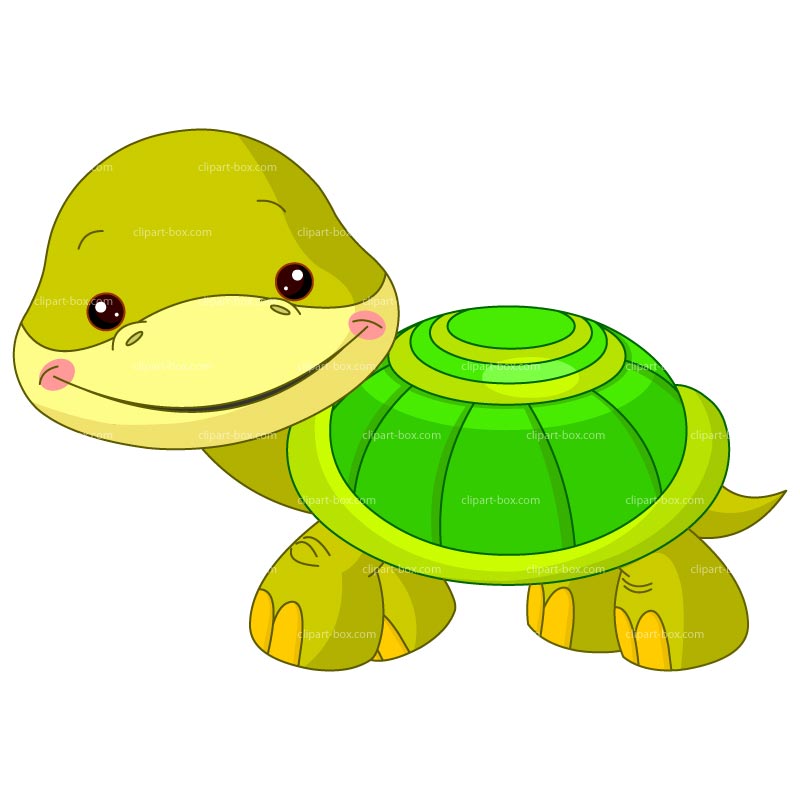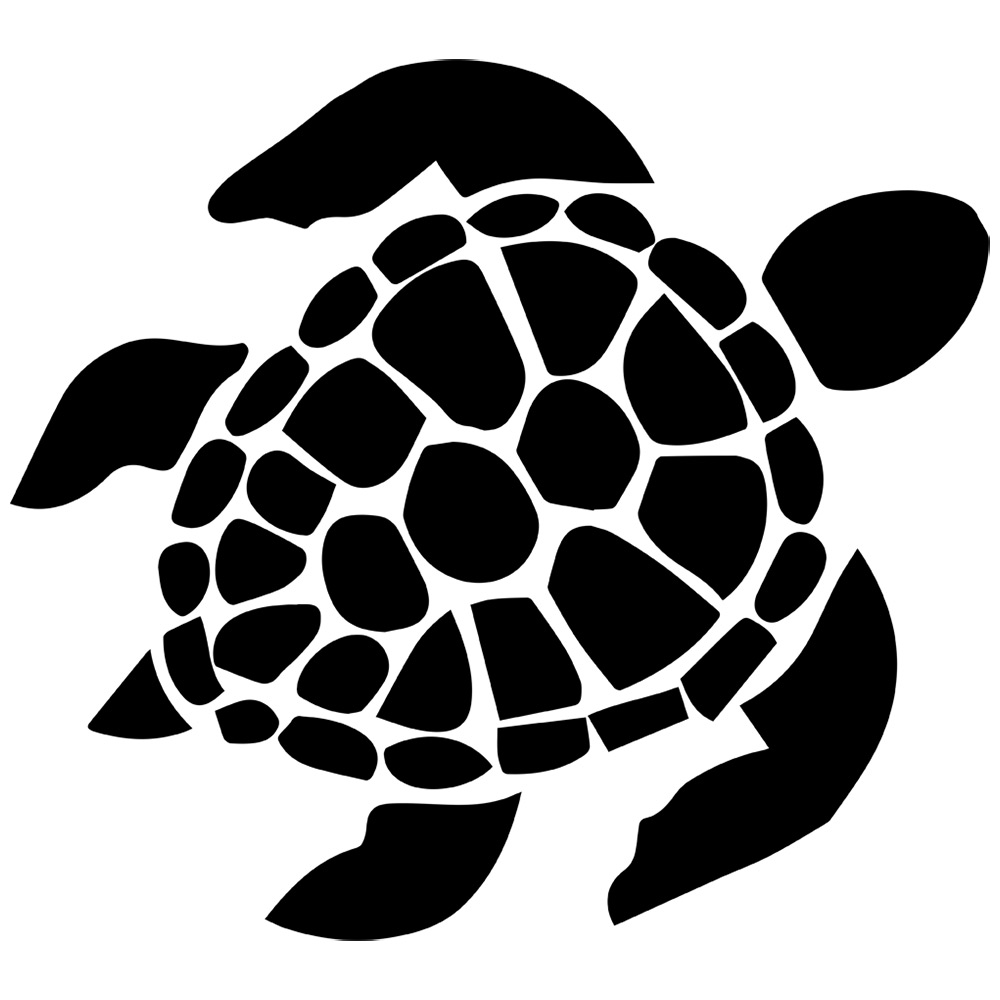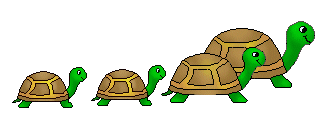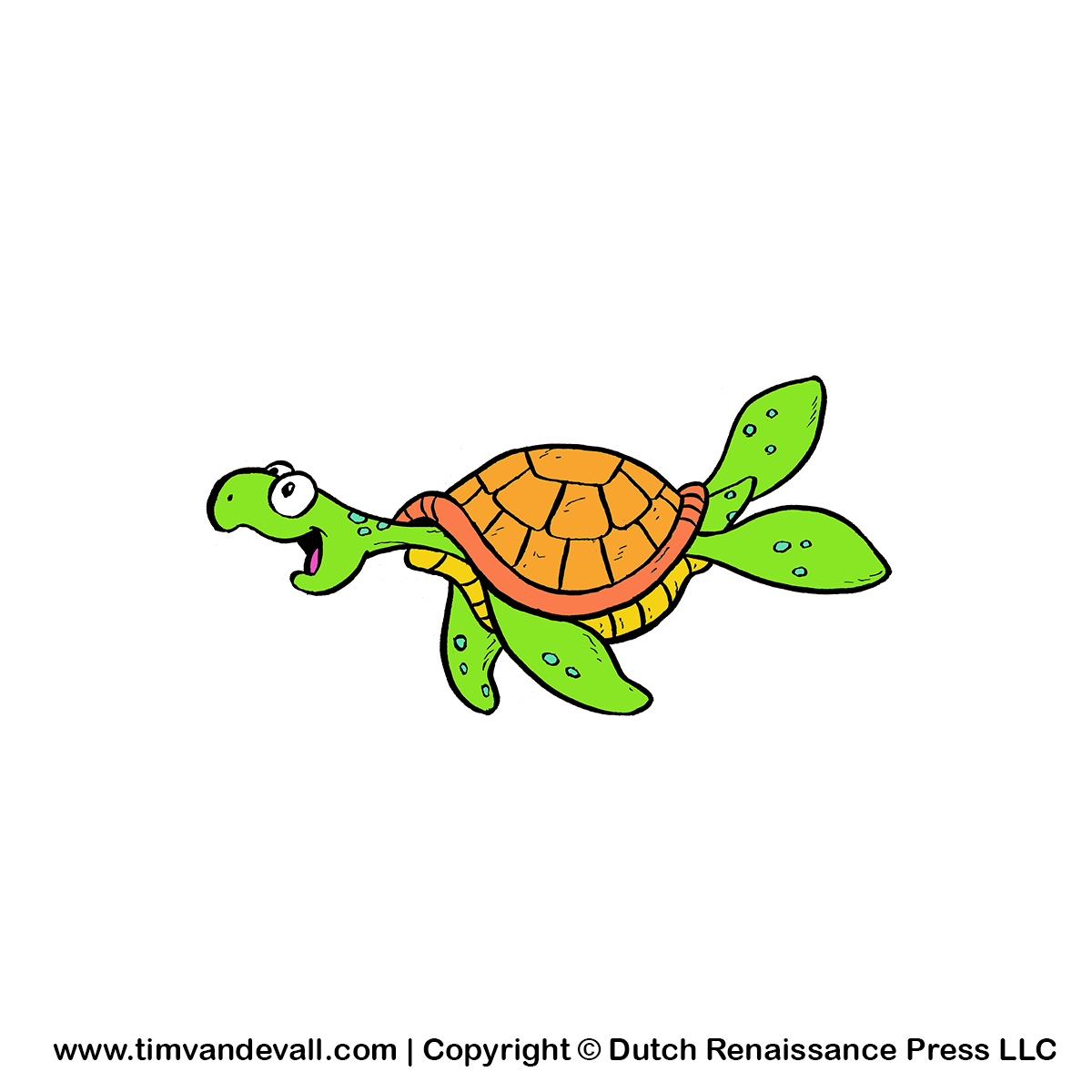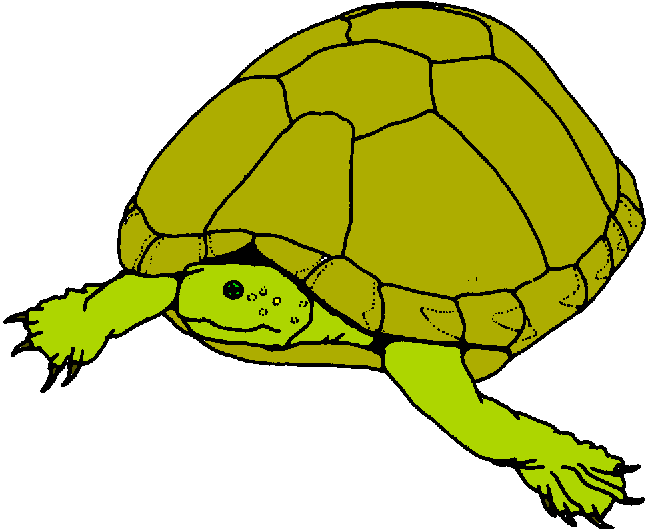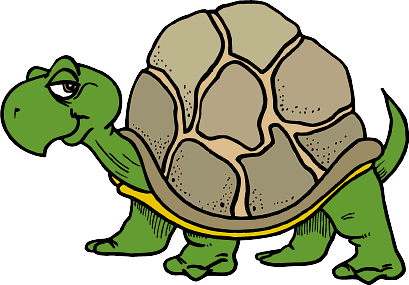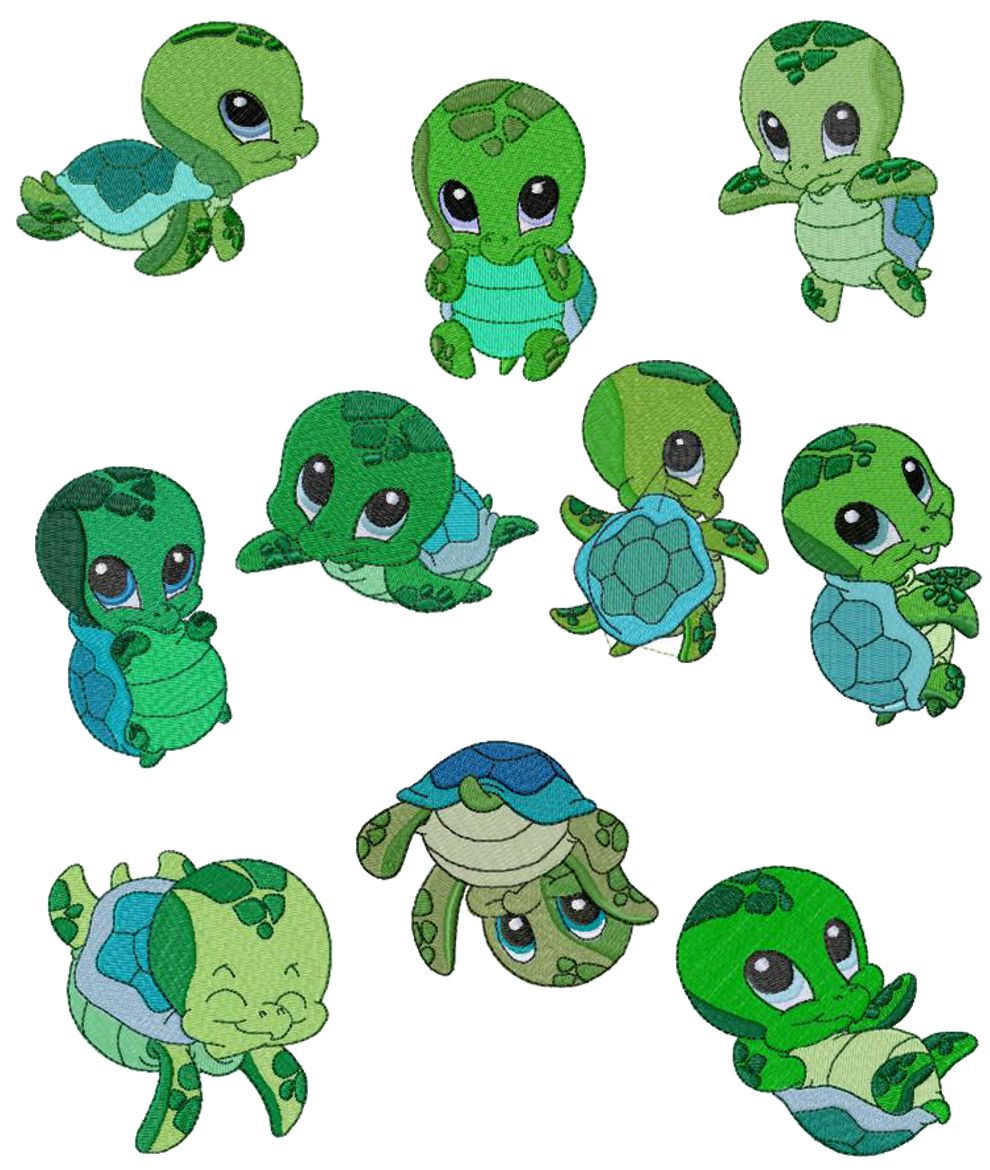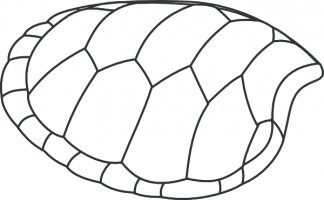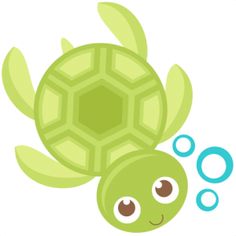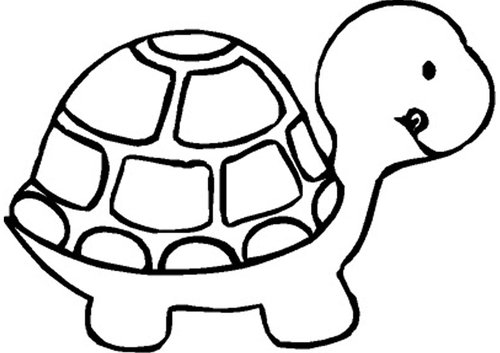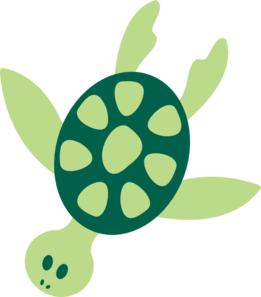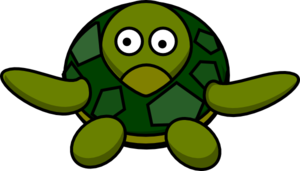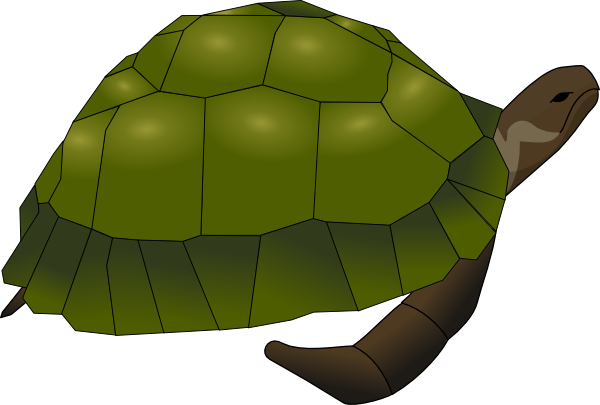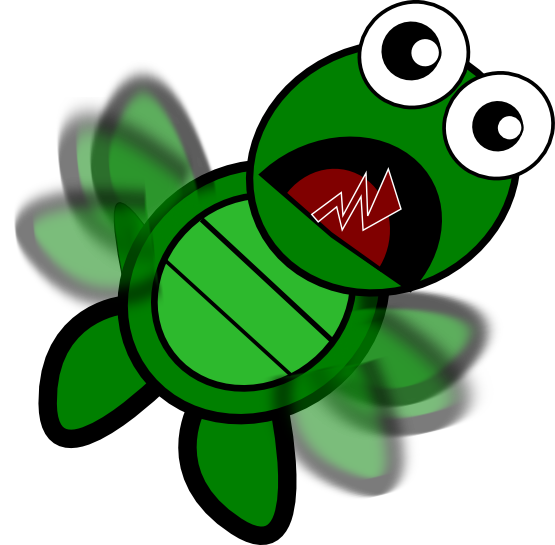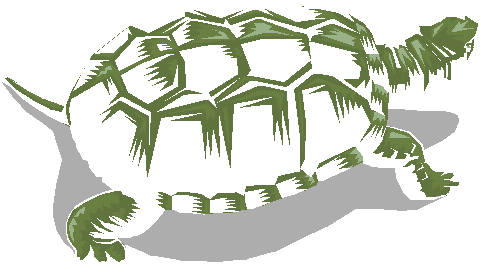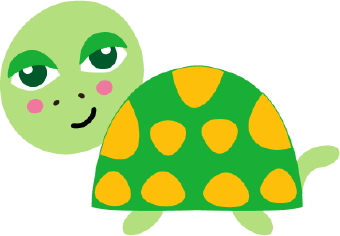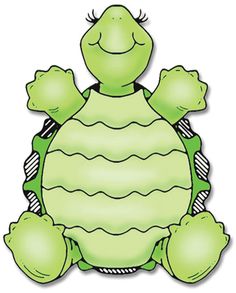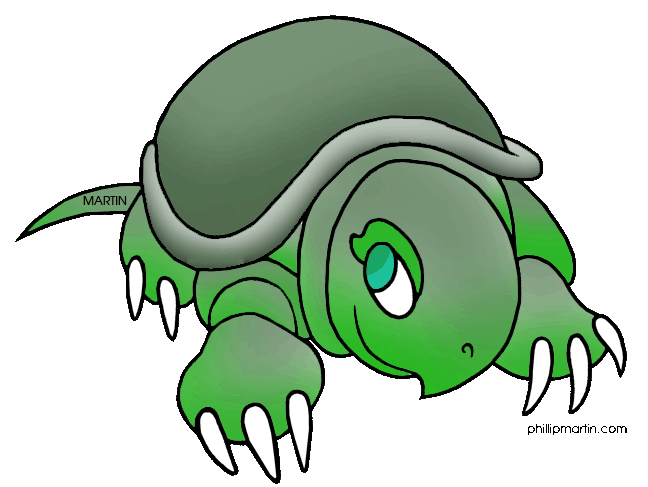Turtle Clipart
Turtles are reptiles that have existed for over 200 million years, making them one of the oldest living groups of reptiles on Earth. Unlike other reptiles, turtles are easily recognized by their bony, cartilaginous shell that acts as a shield to protect their body. Turtles are found inhabiting diverse environments across the world including oceans, rivers, swamps, deserts and grasslands. There are currently over 300 different turtle species with key differences in their size, habitat and appearance.
Turtle Species
There are two main groups of turtle species – sea turtles that inhabit marine environments and land tortoises/terrapins that live in freshwater or on land. Sea turtles include green sea turtles, hawksbill sea turtles, leatherback sea turtles and loggerhead sea turtles. Land tortoise species include desert tortoises, Greek tortoises and Russian tortoises that inhabit grasslands and forests. Terrapins are turtles that live in brackish or freshwater like ponds, rivers and lakes. Some examples are Diamondback terrapins, European pond terrapins and spotted turtles.
Turtle Habitats
As mentioned, sea turtles live in the ocean and have adaptations like flippers to help them swim. They migrate long distances between feeding grounds and the beaches where they nest and lay eggs. Land tortoises inhabit a variety of habitats like grasslands, savannas, forests and deserts. Their strong, elephant-like legs help them walk on land to forage and mate. Terrapins spend most of their time living near water bodies like marshes, streams, rivers or lakes. Their webbed feet enable effective swimming and catching aquatic prey.
Turtle Diet
Most turtles are omnivores, meaning they eat both plant and animal matter. Marine sea turtles primarily eat seagrass, algae, jellyfish and sponges. Desert tortoises eat greens like grasses, herbs and cactus while forest tortoises consume fruits, fungi mushrooms and dead animal matter. Terrapins prey on small fish, tadpoles, aquatic insects, and fallen terrestrial prey. Turtles do not have teeth but use their jaws to bite off and swallow food chunks.
Turtle Behavior
Many turtle species exhibit unique behaviors and adaptations to their habitats. For example, sea turtles migrate over 1,000 miles between nesting and feeding sites every 2-4 years. Desert tortoises spend 90% of lives underground to avoid temperature extremes while Galápagos tortoises in drought lift necks up to reach higher leaves. Male turtles are often aggressive during mating where they ram and bite females. Defensive behaviors include hissing, retracting heads in shells or releasing foul smelling fluids on attackers.
Turtle Life Cycle
All turtle species share a similar life cycle starting as eggs incubated underground by ambient temperatures that determine the offspring’s sex. Eggs hatch producing young turtles called hatchlings that head straight to water. Turtles reach breeding age in 10-50 years depending on the species. While most turtles only reproduce a couple times per year after reaching maturity, others breed every year. Though slow on land, all turtles swim well – sea turtles even reaching 15-22 mph speeds during migrations.
Threats to Turtles
Many turtle species face serious decline and even extinction primarily from human activities like habitat loss, poaching, overharvesting and climate change. For example, 6 out of 7 sea turtle species are classified as threatened, endangered or critically endangered. Land development destroys nesting beaches and feeding grounds while fishing boats catch turtles in nets. Wildlife trade and egg collection also threaten populations already suffering climate impacts.
Turtles as Pets
Small turtle species like red-eared sliders and Russian tortoises kept as pets require proper indoor housing with adequate lighting, heating and water filtration systems. Owners should feed a nutritious diet of vegetables like kale and pellets while providing calcium supplements and vitamins. While cute, turtles do not show affection and handling should be minimized to avoid transmitting salmonella bacteria deadly to children. Many find their 100 pound adult sizes ultimately too demanding as pets.
Turtle Clipart and Images
Colorful turtle species lead to frequent appearance in cartoons, logos, vector art and graphics. Public domain and copyright-free turtle clipart depict cute turtles and tortoises in different poses useful for kids crafts. More realistic photos showcase details on turtle heads, shell patterns, and even hatchlings emerging from sandy beaches. Both free and purchasable images provide endless options for scrapbooking, school reports or designing apparel patterns and products celebrating these amazing reptiles.
Turtles hold a special place in the natural world given their great longevity, adaptability enduring millennia and representing themes like persistence, resilience and connection to ancient wisdom. As some of the last remaining dinosaurs from 200 million years ago, caring about vulnerable turtle populations ensures these intriguing creatures thrive for millions more years across land and sea. Their recognizable shells and charismatic appeal will continue inspiring human creativity through imagery preserving beloved turtles for future generations.
In this page clipartix present 61 turtle clipart images free for designing activities. Lets download Turtle Clipart that you want to use for works or personal uses.
